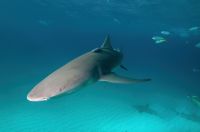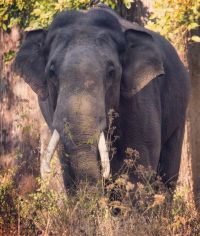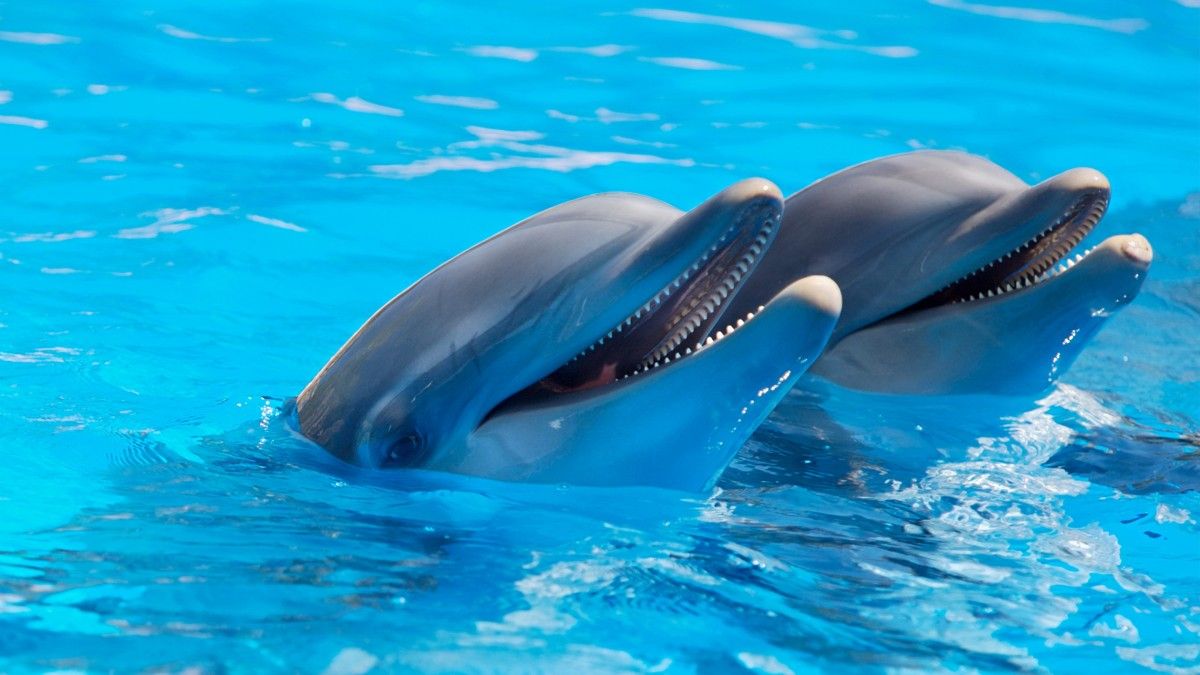19 facts about grey heron
This large and interesting water bird appears in Central Europe during the breeding season and only in the north-west of the country can it be found a ...
16 facts about tasmanian devil
They used to inhabit the Australian continent, but for unexplained reasons, disappeared from there about three thousand years ago. Today, they can onl ...
20 facts about sperm whale
In the depths of the oceans, where sunlight loses its meaning, reigns one of the most majestic and enigmatic inhabitants of the seas–the spermaceti sp ...

























